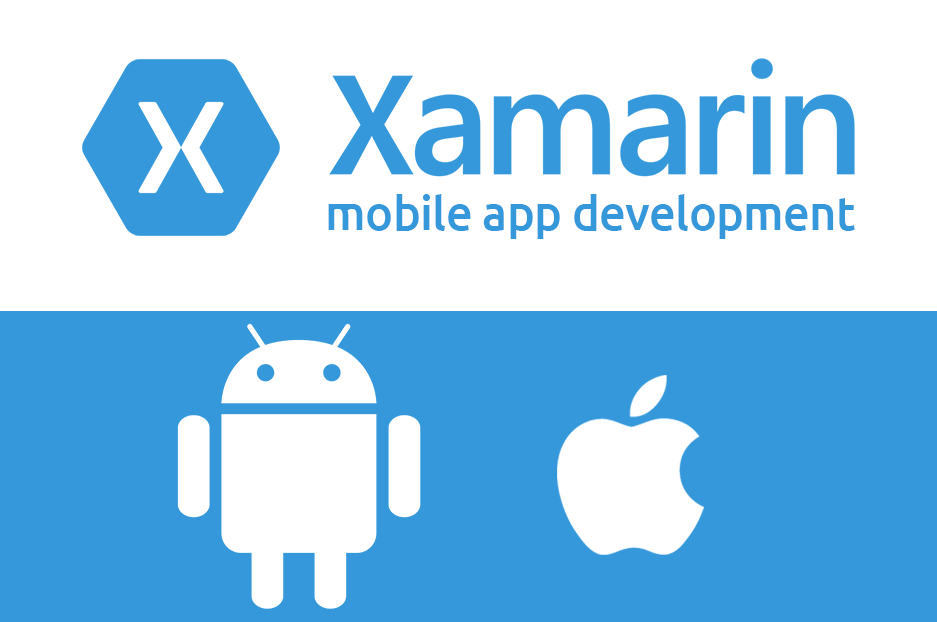
Free eBooks for Beginners
Working with local databases in Xamarin.Forms allows you to store and retrieve data on a mobile device, even when the device is offline. This is useful for a wide range of applications, such as keeping track of user preferences, storing offline data, and caching data for faster access.
There are several options available for working with local databases in Xamarin.Forms, but one of the most popular is using a package called SQLite. SQLite is a lightweight, file-based database that is easy to use and has a small footprint. It is also supported on all major mobile platforms, including iOS, Android, and UWP.
To work with a local SQLite database in Xamarin.Forms, you will first need to install the SQLite package, which can be done through the NuGet package manager. Once the package is installed, you will need to create a class that represents the data you want to store in the database, known as the model. This class will contain properties that correspond to the columns in the database table.
Next, you will need to create a class that will handle the communication between your app and the database, known as the repository class. This class will contain methods for performing CRUD (Create, Read, Update, and Delete) operations on the database.
In the repository class, you will also need to create a connection to the database using the SQLite.Net library. Once the connection is established, you will be able to perform operations on the database, such as creating tables, inserting data, and querying data.
It’s important to note that when working with local databases, it’s also important to consider data validation and data integrity. To ensure that the data is accurate, you can add validation checks in the repository class before inserting or updating data.
Once you have set up your local database, you can use it in your Xamarin.Forms app to store and retrieve data. For example, you can use the repository class to store user preferences, such as the theme color of the app, or to cache data for faster access.
In summary, working with local databases in Xamarin.Forms is a powerful way to store and retrieve data on a mobile device. By using a package like SQLite, you can easily create a local database, create a model class, and create a repository class that handles the communication between the app and the database. With the help of local databases, you can make your app more efficient and user-friendly by providing offline functionality and faster access to data.
Cookbook – Xamarin for Beginners – Chapter 24
 Loading...
Loading...
Disclaimer: The information and code presented within this recipe/tutorial is only for educational and coaching purposes for beginners and developers. Anyone can practice and apply the recipe/tutorial presented here, but the reader is taking full responsibility for his/her actions. The author (content curator) of this recipe (code / program) has made every effort to ensure the accuracy of the information was correct at time of publication. The author (content curator) does not assume and hereby disclaims any liability to any party for any loss, damage, or disruption caused by errors or omissions, whether such errors or omissions result from accident, negligence, or any other cause. The information presented here could also be found in public knowledge domains.